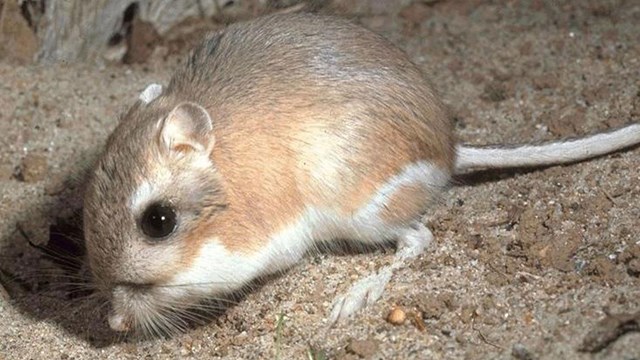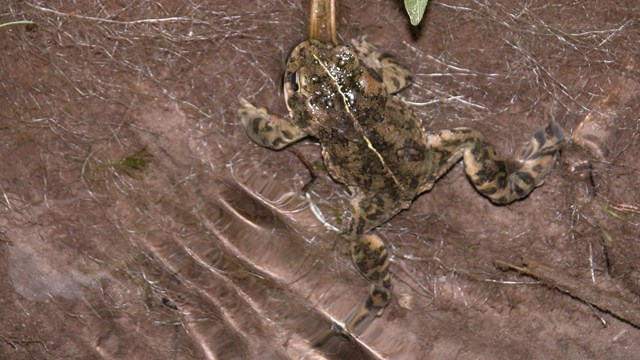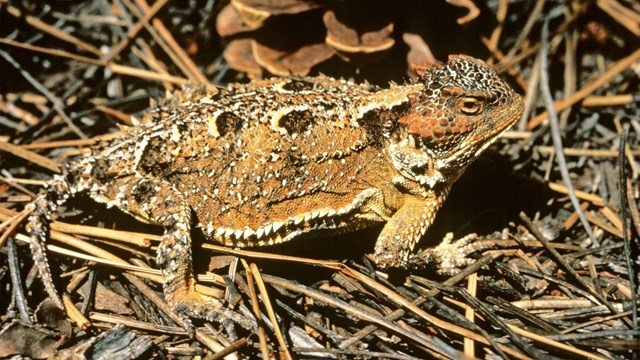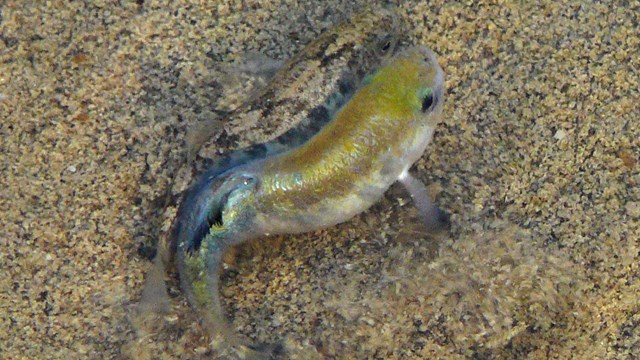|
Imagining a place called "Death Valley" may spark imagery of an uninhabitable landscape: a drought-ravaged land with temperatures soaring above 120 degrees fahrenheit. Despite these seemingly harsh conditions, Death Valley is home to a great diversity of wildlife. Hard-learned clever adaptations enable desert animals to thrive in this unlikely place.
Learn More About Death Valley Wildlife:Hottest, Driest, Lowest: How do Desert Animals Survive?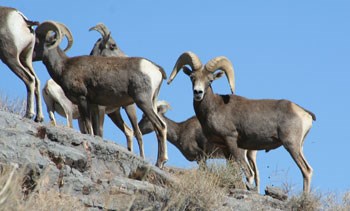
NPS photo Like bighorn sheep, kangaroo rats do not have to worry about dehydration. In fact, they are so perfectly adapted to arid environments, they do not need to drink water their entire lives! They can survive on water digested from their seedy, vegetarian diet. Kangaroo rats conserve their body’s precious water by releasing wastes in very concentrated urine and dry feces. 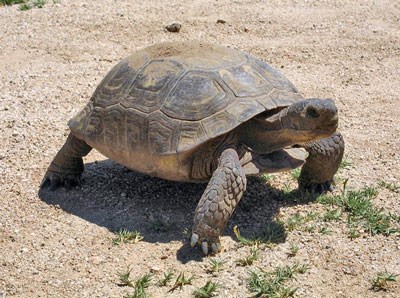
NPS - Robb Hannawacker Rather than “sleep” through most of the year, many animals rest during the hot summer days and are active at night. Nocturnal wildlife leaves behind clues on sand dunes. For example, you may find coyote tracks alongside those of a jackrabbit. The rabbit’s tracks zig and zag across the sand while the long strides of the coyote’s tracks portray a fast run. Hunting during the cool nights and early mornings allows the coyote to spend more energy catching prey. The cover of darkness also helps the jackrabbit hide from potential predators. 
NPS / K Monroe While there are advantages to being nocturnal in the desert, there are still creatures who brave the daytime heat. Animals like the sidewinder rattlesnake and scorpion are known for being active in the desert, but other animals also get spotted in the Death Valley heat. These animals have specific physical adaptations which allow them to be out in the heat longer. Roadrunners, for instance, can operate in the heat of the day because their body temperatures are naturally high (104 °F). |
Last updated: March 20, 2024

